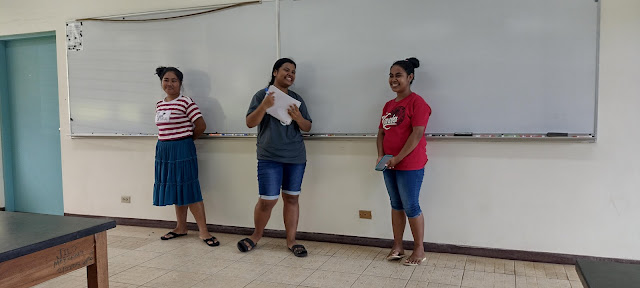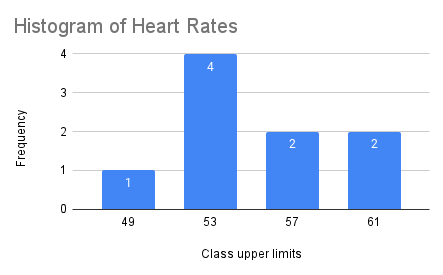Day five acceleration

On the fifth day of acceleration the students shared their findings from the previous session's exploration. Groups were assured that even if they did not find an equation, that was alright. Renay, Bethyanne, and Rose Anne used the equation y = ax²+bx+c in Desmos and sliders for a, b, and c to determine the coefficients. Saya and Adelina made a calculation for the location of the vertex. Their vertex was, somewhat coincidentally, located at almost twice the distance to the roots. Blossom, Donnalynn, Leipolanda, and Darla used the vertex form of a quadratic to obtain the correct coefficients. Cyron and Richard explained that they had not worked through to an equation - which is alright in this exercise. This was an exploratory exercise, an approach to mathematics that reveals the shortcomings of an all algorithmic based approach to algebra. The students cannot actually apply the information they have when asked to go from a graph to an equation. Note that the use of Desmos is...




